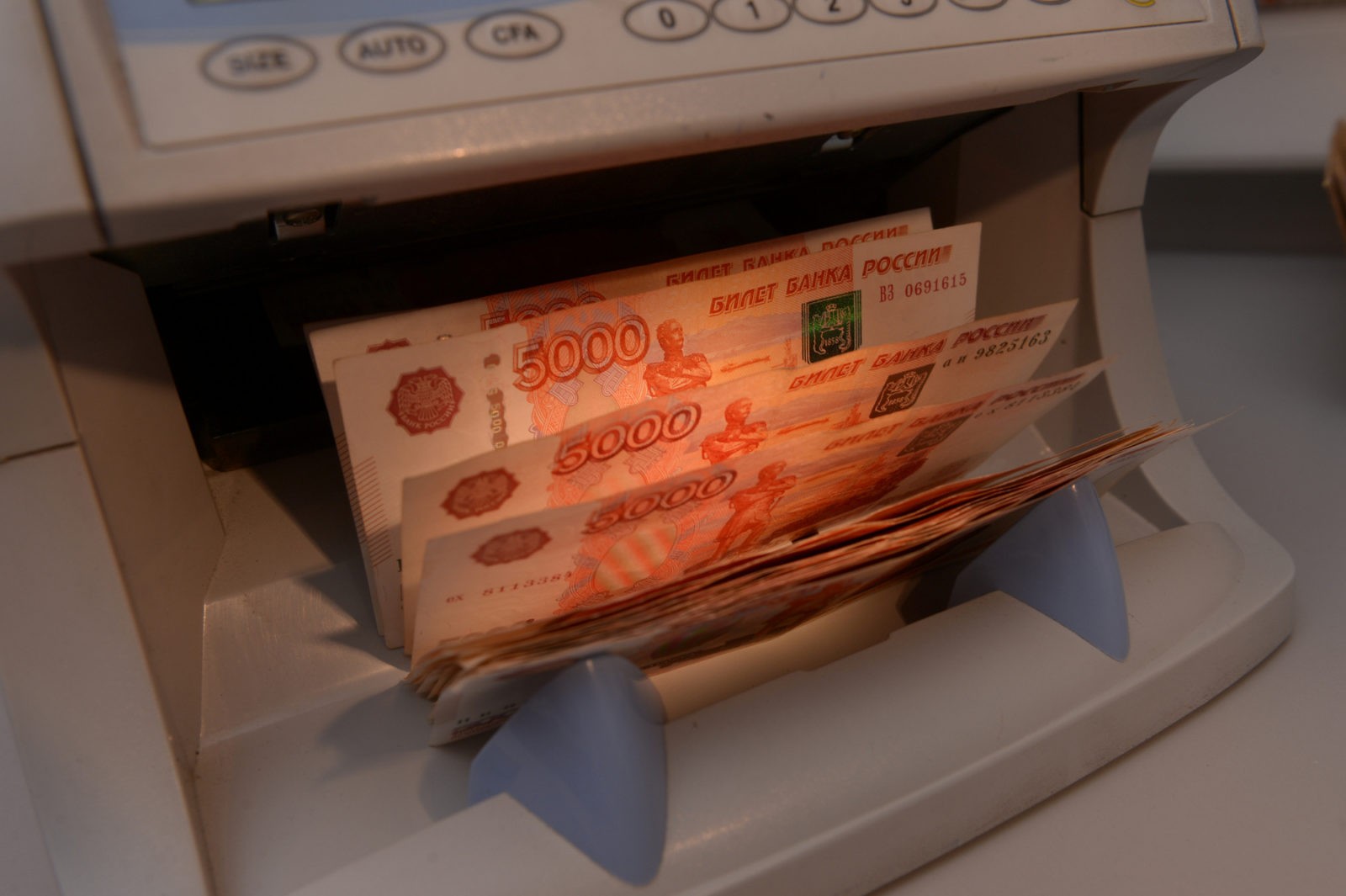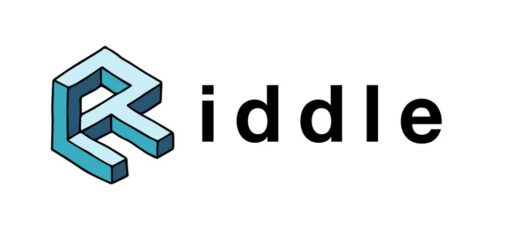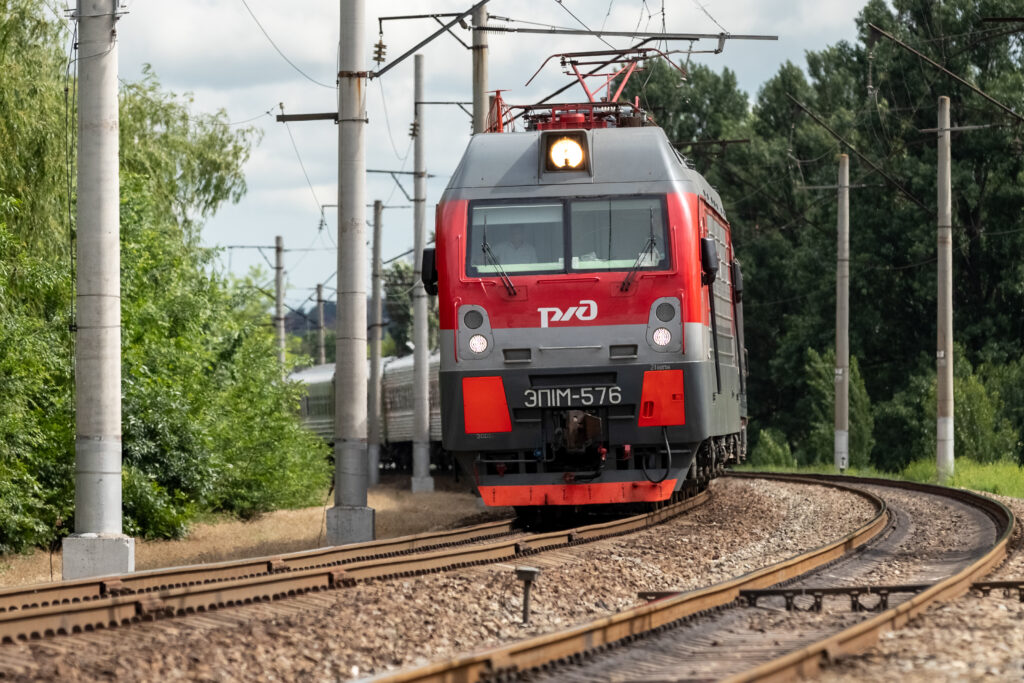On October 1st, Russia’s Central Bank will introduce new restrictions on consumer loans. The restrictions mean a debtor’s burden will be taken into account with unsecured loans. Further capital requirements will also be imposed on the banks. This reflects the authorities’ concerns about Russia’s growing pile of household debt. Ultimately, the quantity of overdue payments and non-performing loans (NPLs) may take on a new quality: a political one, dealing a blow to the stability of the regime.
A borrower’s debt burden ratio will be calculated. Under the current rules, the risk ratio for unsecured loans is 100%. The Central Bank will set premiums for banks to make such loans less profitable and to require more capital to secure them. Moreover, the premiums will be imposed even on loans as low as 10,000 roubles (slightly more than $ 150), amounting to 30%-220% depending on the loan amount and the borrower’s debt burden.
The authorities first mentioned household debt overhang as an economic threat in the first half of the year. It came along with further urges for social and political stability, as news broke unsecured consumer loans had increased by 25% (year-on-year). Apparently the share of overdue loans has not reached an alarming level, according to CB data.
The World Bank (WB) has a different view. A recent survey issued the Bank together with Rospotrebnadzor (the Federal Service for Consumer Rights Protection and Welfare) found that up to 60% of Russian borrowers have difficulties paying off their loans. Of those, 9% of households have debts, and 10% have had to restructure their debts, extend a loan or were denied a loan. Another 14% have difficulty paying interest; more than a quarter spend more than 75% of their total income on loans, daily expenses and rent. The volume of loans is approaching 16 trillion roubles, while NPLs account for nearly 5%.
A closer look at the statistics is even more alarming. According to the Ministry of Economic Development, one-third of loans were issued to borrowers whose debt burden consumes 60% of their monthly incomes. They have lived from hand to mouth for years. In particular, people who live in underdeveloped regions with a shortage of jobs see no other way but to go back to the bank and ask for a new loan. If the bank refuses, they go to a microcredit organisation; they receive money at a monstrous interest rate, tightening the noose around their neck still further. According to one credit rating agency, the number of Russians with at least three outstanding loans increased by 12% last year, reaching 15.1 million people. That is almost one-third of the total number of borrowers. At least 13% have three loans; 7% have four loans or more and 25% are paying off two loans. The average debt of borrowers with a single loan has increased by 12% over the past year (to 137,000 roubles), and by 11% (to 284,000 roubles) in the case of borrowers with two loans. Those who are trying to service three or four loans have to manage average amounts of 403,000 and 514,000 roubles respectively. The level of household indebtedness (the ratio of the average debt volume to annual household income) has reached 28% in Russia (from 23% last year), exceeding 50% in some regions (Kalmykia, Tuva). Household indebtedness in Chuvashia, Irkutsk Oblast and the Khanty-Mansi Autonomous Okrug is above 40%.
The number of reliable borrowers has been steadily declining in recent years; the number of ineligible borrowers has been growing. They are shifting to microfinance organisations or the black market. According to the Equifax credit rating agency, in the first half of 2019 only 10.8% of customers could count on loans without problems and extra delays. It compares to 15% in the same period a year earlier. Nearly one-fifth of customers (20.7%) still have quite good chances of getting their loans approved. Banks approved 43% of loan applications a year ago compared with 36% this year.
Imagine a region with almost a 50% household debt burden. It is a black hole, a region with no jobs or welfare services. The poverty rate does not enable entrepreneurship or the economy to pick up. If the credit bubble bursts in one or two such regions, it will stop being an economic problem; it will turn into a political one. And that will be on the federal level, since socio-economic and political processes in the country are centralised.
Among other notable and unfortunate Russian traits, the debt burden is also the highest among the poorest strata of society. This compounds the problems that already spring from growing lending in a context of falling real incomes and overall stagnation (GDP growth this year is unlikely to significantly exceed 1%). In other countries, no banks would lend to such borrowers. Nor would such borrowers go to a bank: They would have asked for help from a welfare institution.
In Russia, the welfare system is in a permanent state of crisis. It has been like that since the collapse of the Soviet Union. So borrowers include the poor and the unemployed. It means loans replace the welfare and unemployment benefits that exist in Russia only in theory. Loans are often taken to meet basic needs, including food. In the latter case loans replace aid such as America’s food stamps for the poor. Unemployment benefits in Russia are ridiculously low. Salaries are so small that the phenomenon of the working poor has become widespread in Russia. Families take out consumer loans to prepare a child for school or renovate a flat. Loans are also taken to pay for medical treatment, although healthcare is theoretically free in Russia. In practice, the price of medical services is growing. Families also take a consumer loans to pay for a child’s higher education, since s/he can’t receive a student loan that allows repayment in in instalments after graduation. A small businessman tries to boost his/her business and takes a high-interest consumer loan; Russian banks are not keen on supporting small businesses. After all, with a businessman you will have to deal with a bankruptcy. With a private borrower, you can just seize their real estate or other collateral.
This year, the issue of the household debt overhang in Russia has been the subject of regular exchanges of views between Minister of Economic Development Maxim Oreshkin and Central Bank Governor Elvira Nabiullina. Oreshkin has repeatedly expressed concerns about the growth rate of consumer lending. He has even warned that if it continues, consumer loans will plunge the country into recession within two years. He has rightly pointed out that the pace of growth in consumer lending largely exceeds growth in household incomes, which can create an economic bubble. In reality, the situation is even worse: real incomes have been falling for six years in a row.
Nabiullina does not see the situation as critical. She does agree that no one takes out a loan just for the fun of it. And this borrowing does not generate consumer demand or improvement of living standards. By servicing loans, people who are not well-off drain money from the consumer market and contribute to even greater economic slowdown. In turn, the economic slowdown leads to an even greater drop in real incomes, which many seek to make up with new loans. A vicious circle.
However, instead of tightening the terms of lending to the population, it is worth considering changing the principles of economic policy. It is high time to think about creating new jobs, particularly in underdeveloped regions. We should think about encouraging banks to lend to businesses, including SMEs, at low interest rates, instead of ‘lining their pockets’ by taking advantage of ordinary people. Why not reduce the fiscal and, most importantly, administrative burden on businesses? Why not increase the efficiency of welfare policy through better targeting? One effect would be a contribution to the growth of consumer demand. Food stamps can be one form of aid to the poor. One can see growing consumer lending as one of the factors behind falling household incomes and the high level of poverty, as First Deputy Prime Minister and Minister of Finance Anton Siluanov claims. However, this is not the root cause. The crux of the matter is economic stagnation, which is largely driven by the government’s economic policy. One can ban loans for the vast majority of the population in a stagnating economy, which will not improve but exacerbate the social situation.










